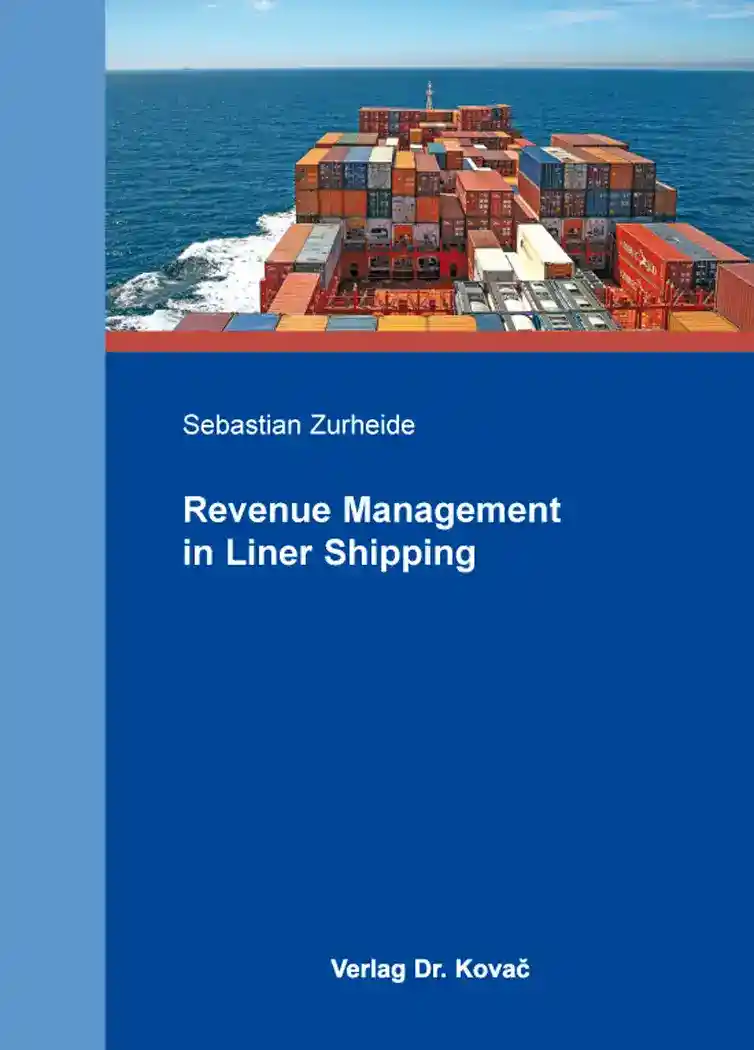Sebastian ZurheideRevenue Management in Liner Shipping
– in englischer Sprache –
Logistik-Management in Forschung und Praxis, Band 53
Hamburg 2015, 242 Seiten
ISBN 978-3-8300-8361-0 (Print) |ISBN 978-3-339-08361-6 (eBook)
Zum Inhalt
In the recent past, the liner shipping industry has taken many steps to create a more suitable environment for the use of revenue management methods. More reliable services, daily services, or loading protection fees improve the service for the customer and offer segmentation options for the carriers. Hence, different booking classes can be created with different service values for the customers, and revenue management methods can be used as decision support for the acceptance of bookings.
Revenue management in liner shipping is an upcoming research topic, but still only a few publications can be found in this field. In this book, a new network slot allocation model is proposed to determine booking limits or bid-prices for a liner shipping network considering different paths in the network and transshipments between services. A four-level network structure is introduced to represent the complex transshipment network with round trips. In the model, a path flow formulation is used to determine the number of container slots to be assigned to specific booking classes.
Nested booking limits and the bid-price method are well known strategies in network revenue management, and they are useful alternatives to fixed booking limits. New tailored versions of these strategies for the liner shipping industry are presented in this work and a discrete-event simulation approach is used to test them for different network and demand scenarios.
The results of the simulation study shows that the revenue management methods can considerably improve the outcomes for the company if transportation capacity is scarce. In particular advanced slot allocation strategies usually outperform a first-come, first-served strategy. The bid-price strategy is especially suitable for the liner shipping industry, as the results for simulated and real data show.
The real data case shows that due to differing agreements with customers, the price variation within the proposed booking classes can be very large. This compromises the nested booking limit and booking limit strategy results. Therefore, the bid-price strategy using the price as the decision criterion is more advisable in practice.
In conclusion, the results of the presented study show that revenue management methods (especially the bid-price strategy) are valuable approaches to improve booking acceptance decisions in liner shipping.
Schlagworte
Bid-PriceBooking LimitsContainerlogistikDecision SupportDiscrete-Event SimulationLiner ShippingLogistikMathematische OptimierungOperations ResearchRevenue ManagementWirtschaftsinformatikIhr Werk im Verlag Dr. Kovač

Möchten Sie Ihre wissenschaftliche Arbeit publizieren? Erfahren Sie mehr über unsere günstigen Konditionen und unseren Service für Autorinnen und Autoren.
